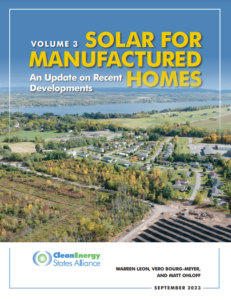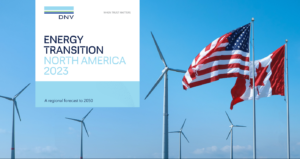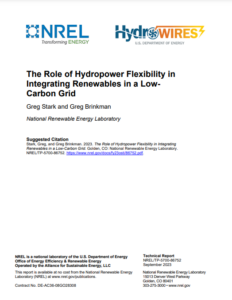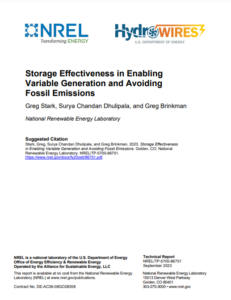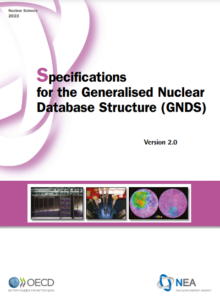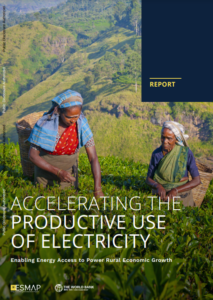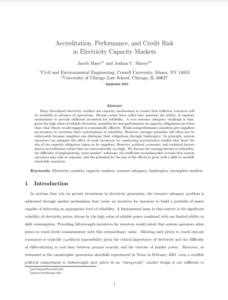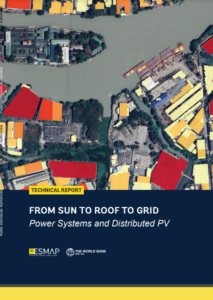The OurEnergyLibrary aggregates and indexes publicly available fact sheets, journal articles, reports, studies, and other publications on U.S. energy topics. It is updated every week to include the most recent energy resources from academia, government, industry, non-profits, think tanks, and trade associations. Suggest a resource by emailing us at info@ourenergypolicy.org.
Resource Library
Building decarbonization requires collective industry action: forerunners are already demonstrating what is possible, but we need more leaders to push the boundaries to scale up swift and deep decarbonization. The industry is poised to make this leap, and there are substantial emissions reductions available today that are well within reach. Tools and guidance are widely available, low-hanging fruit have been identified, and new policies are creating greater market certainty. It is time for everyone to get on board to reduce embodied carbon. This report shows you how to get started.…
View Full ResourceIn 2021, the Clean Energy States Alliance (CESA) produced a two-volume report on Solar for Manufactured Homes, An Assessment of the Opportunities and Challenges in 14 States, as part of its Scaling Up Solar for Under-Resourced Communities project. In this report, the third volume in the Solar for Manufactured Homes series, CESA offers an update relating to recent developments, including how the Inflation Reduction Act can support solar for manufactured homes, how community solar can be used to benefit households residing in manufactured homes, and two case studies illustrating pilots testing new strategies.…
View Full ResourceThe passage of the Inflation Reduction Act and the refocused Canadian Federal Budget are a major boost for clean energy in North America. They are accelerating the buildout of renewable energy and the growth of whole new demand sectors for that clean energy, from EVs through to electrolyzers producing green hydrogen.
By more than doubling electrification in the region and transitioning to an almost fully decarbonized electricity mix, vast amounts of energy waste will be eliminated in North America. Combined with the plunging costs of renewables and battery storage, the positive impacts of reduced energy intensity on economic activity are …
View Full ResourcePower system flexibility makes the deployment of variable renewable energy (VRE) easier and more cost-effective to integrate into an existing grid. Dispatchable hydropower’s flexibility can help with this process, but its particular benefits to the power system have been difficult to quantify. In this work, we investigate the issue by taking a high-level yet quantitative look at the value that hydropower flexibility offers in terms of services that are helpful in integrating variable renewable energy, with a focus on firm capacity and operating reserves. We found that the flexibility associated with dispatchable hydropower’s ability to respond to load offers approximately …
View Full ResourceA common question in grid integration work is, “What is the role of storage in integrating variable renewable generation?” This paper presents a methodology that investigates this question for 2-, 6-, and 10-hour storage for 134 model balancing areas in the contiguous United States. The scenario considered is the role of storage in transitioning to a low-carbon grid (95% carbon reduction by 2035) in the period spanning 2022–2036. The team investigated the marginal quantity of variable generation (VG) that could be supported and the unmitigated fossil generation avoided per megawatt of storage deployed. The main findings were (1) the results …
View Full ResourceAs reporting regulation and public interest in sustainability continue to grow, more organizations are feeling the internal and external pressure to not only reduce their GHG emissions but also the emissions associated with their value chain. Collecting and reporting Scopes 1 and 2 data is already a challenge for most organizations without the added complication of gathering this information from their suppliers as well.
To overcome this challenge, organizations need to establish active partnerships with suppliers across their value chain and work together to find mutually beneficial solutions for tracking, managing, and ultimately reducing emissions associated with their and their …
View Full ResourceKnowledge of basic nuclear physics data is essential for the modelling and safe operation of all types of nuclear facilities. The de facto international standard format, Evaluated Nuclear Data File 6 (ENDF-6) format, was designed originally for 1960s era punch-card readers. The replacement of the system of codes built off this format has been recognised as an important initiative. The ability to use increasingly high-fidelity nuclear physics, coupled to accurate uncertainties, is crucial for advanced simulations. This in turn requires more detailed and accurate data, then requiring improvements to the data storage standards, simultaneously enabling robust Quality Assurance and transfer …
View Full ResourceThe productive use of electricity in rural communities can contribute to significant socioeconomic development and increased welfare. The virtuous cycle of productive use of electricity assumes that early development creates higher incomes, leading to increased demand for electricity and further investment in improving electricity quality and availability. Electricity suppliers benefit from higher revenue and financial sustainability, and appliance dealers, credit services, and investors benefit from market growth. This report highlights the importance of actively promoting productive uses to micro, small, and medium-size enterprises (MSMEs), including small farmers, as a way of accelerating development after communities gain access to electricity.
The …
View Full ResourceMany liberalized electricity markets use capacity mechanisms to ensure that sufficient resources will be available in advance of operations. Recent events have called into question the ability of capacity mechanisms to provide sufficient incentives for reliability. A core resource adequacy challenge is that, given the high value of reliable electricity, penalties for non-performance on capacity obligations are lower than what theory would suggest is economically efficient. Weak non-performance penalties give suppliers an incentive to overstate their contributions to reliability. However, stronger penalties will often not be enforceable because suppliers can discharge their obligations through bankruptcy. In principle, system operators can …
View Full ResourceRapid growth of distributed photovoltaics (DPV) has upended how engineers traditionally think about electric power systems. Consumers now increasingly generate their own power and feed it to the grid. Poorly managed DPV poses distinct risks for power systems as penetration increases. Yet, low- and middle-income countries can benefit from this clean distributed energy resource. How can DPV and power systems be planned and operated to mitigate risks and reap technical benefits? This report presents a menu of DPV technical solutions applicable across diverse contexts.
Balancing DPV supply with local loads, as far as practical, can help keep grid operations within …
View Full Resource
